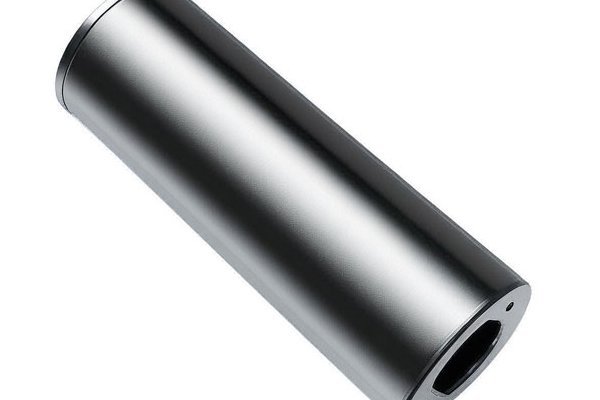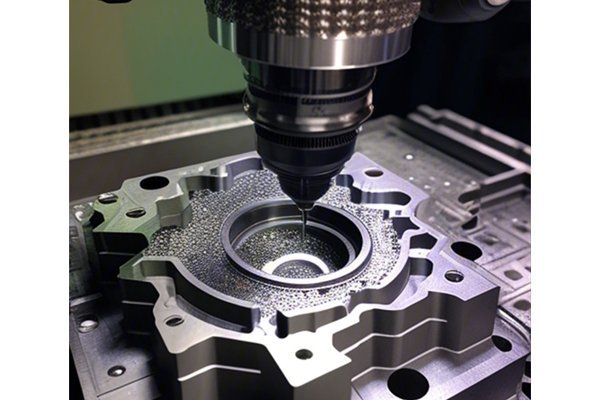—
Did you know that the melting point of steel can range significantly based on its composition, often varying between 1370°C to 1510°C (2500°F to 2750°F)? This variance plays a crucial role in how machinists approach the CNC (Computer Numerical Control) machining process, particularly when working on complex shapes and intricate designs. In industries where precision is paramount—such as aerospace, automotive, and medical device manufacturing—it’s essential to understand how these melting points influence machining difficulty and the final product’s quality.
—
Before diving deep into the complexities of melting points, it’s crucial to understand what CNC machining is. CNC machining is a subtractive manufacturing process that employs computerized controls to cut and shape material into a predetermined shape or design.
2.1 Defining Melting Point
The melting point of a material is the temperature at which it transitions from a solid to a liquid. For steel, this point is influenced by several factors, including:
2.2 Impact on Machining
Understanding the melting point of steel not only helps in choosing the right type of steel for the job but also dictates the machining parameters.
3.1 Challenges in Machining Complex Shapes
Machining complex shapes in steel demands a thorough understanding of the material’s physical properties, which includes temperature sensitivity influenced by its melting point.
3.2 Machining Tolerances
Achieving tight tolerances on CNC-machined parts is critical, especially in sectors like aerospace, where a fraction of a millimeter can determine success or failure.
4.1 Comparing Melting Points
Both 4140 and 1045 steel are popular choices in CNC machining, yet they differ significantly in their compositions and melting points.

4.2 Choosing the Right Steel for the Job
When choosing between these two:
5.1 Advanced Tooling Solutions
Utilizing appropriate tools is crucial when working with steel’s varied melting points. Specific tooling solutions may include:
5.2 Implementing Programmable Cooling
A programmable cooling system can effectively maintain optimal temperatures throughout the cutting process, preventing overheating and preserving both tool integrity and part accuracy.
6.1 Automation and AI
The integration of AI-driven algorithms in CNC machinery can aid operators in dynamically adjusting cutting speeds and feed rates based on real-time melting point conditions, significantly improving process efficiency.
6.2 5-Axis Technology
Leveraging the capabilities of 5-axis CNC machining provides an advantage in creating complex shapes that would otherwise be difficult to achieve, employing advanced techniques for managing heat and dimensional tolerance throughout the process.
In conclusion, the interplay between the melting point of steel and the complexities of CNC machining shapes the methods and strategies needed for high-quality production. With an understanding of how melting points affect machining conditions, manufacturers can:
As industries continue to advance and become more complex, the significance of understanding the melting points in CNC machining cannot be overstated. This knowledge is vital not only for engineers and machinists but also for anyone involved in the design and manufacturing of steel components.
Modern CNC machining is a convergence of art and science—a field where understanding the underlying principles can lead to extraordinary advancements and efficiencies. Therefore, as you ponder the potential of CNC machining in your projects, consider the melting point of your materials and how it can affect the outcome. This level of understanding may very well be the key to unlocking new heights of innovation and precise manufacturing in your industry.
—






